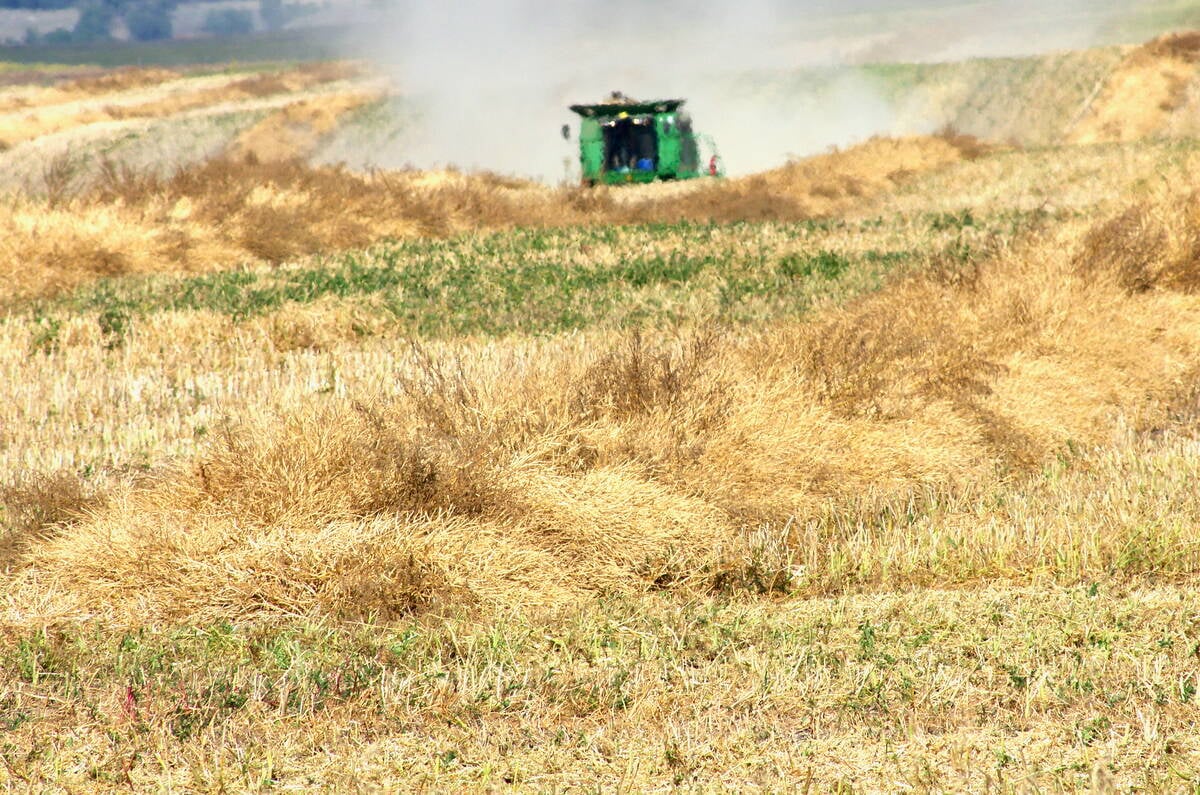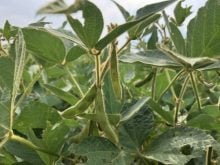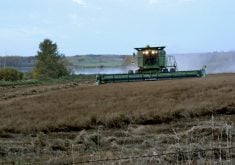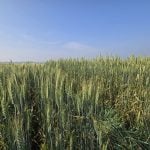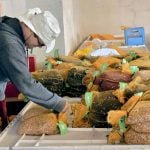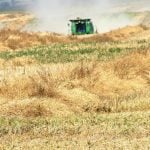Glacier FarmMedia — With harvest pressure on canola over, the Canadian oilseed could track higher until spring, said David Derwin, commodity futures advisor for Ventum Financial in Winnipeg, Man. Although he cautioned there will be some rough patches along the way.
During the week ended Oct. 29, the January canola contract gained C$14 at C$641.50 per tonne. Derwin said much of the that increase came from gains in Chicago soy spilling over into canola.
“Soybeans in the U.S. have broken out of a range they’ve been in for a year,” said Derwin, adding “we’ve also pushed through the historical seasonal harvest pressure low that we often see.”
Read Also
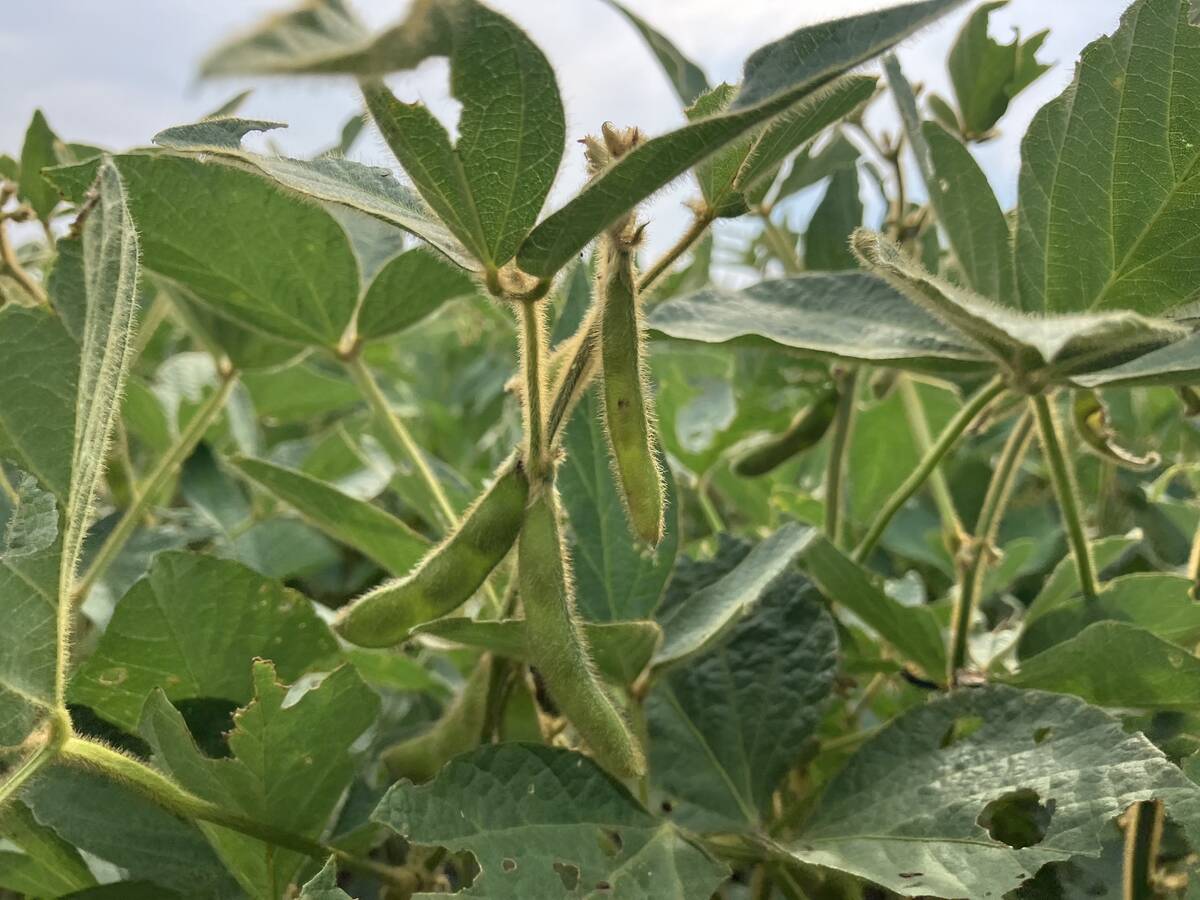
CBOT weekly: Trade talks in focus
Optimism over thawing trade relations between the United States and China gave soybean futures at the Chicago Board of Trade a boost during the week ended Oct. 29, with the advances in the soy market spilling into corn and wheat.
While Chicago soy has benefitted from speculation over the Oct. 30 meeting between United States President Donald Trump and Chinese President Xi Jinping, when it comes to canola, Derwin said it’s not necessarily the same for talks between Xi and Canadian Prime Minister Mark Carney. He noted those discussions “are hard to quantify” but are still somewhat supportive of canola.
Derwin expects canola, as well U.S. soybeans and corn, to continue generally higher through to spring, he said any downturn in soy will weigh on the others.
Derwin suggested farmers need to keep in mind how much canola they have in their bins, as such can play into their hedging strategies.
Even though the Canadian canola harvest is widely expected to be much larger than the 20.03 million tonnes estimated by Statistics Canada, he said the size of the crop has already been factored into its price.
“We’ve been talking about good yields for a while. That’s why ‘financial gravity’ pulled them down to that C$600 level.”


